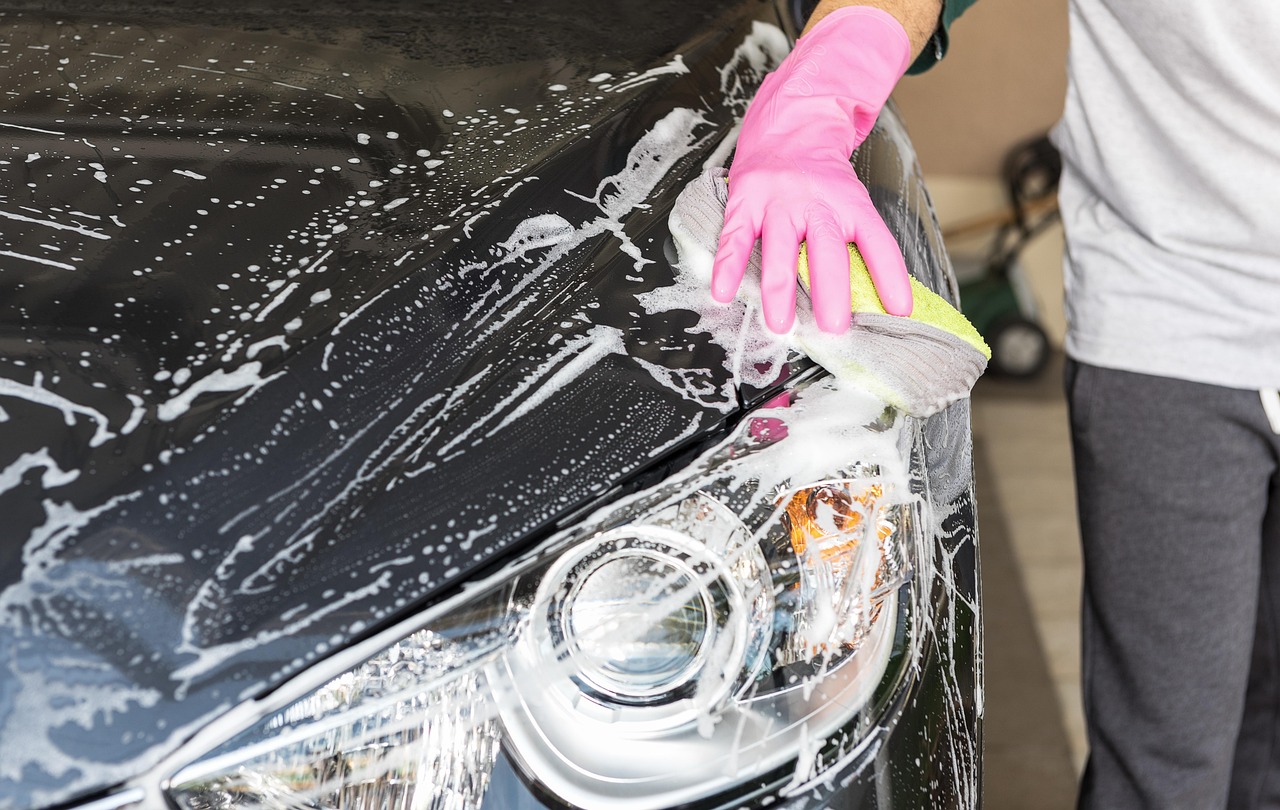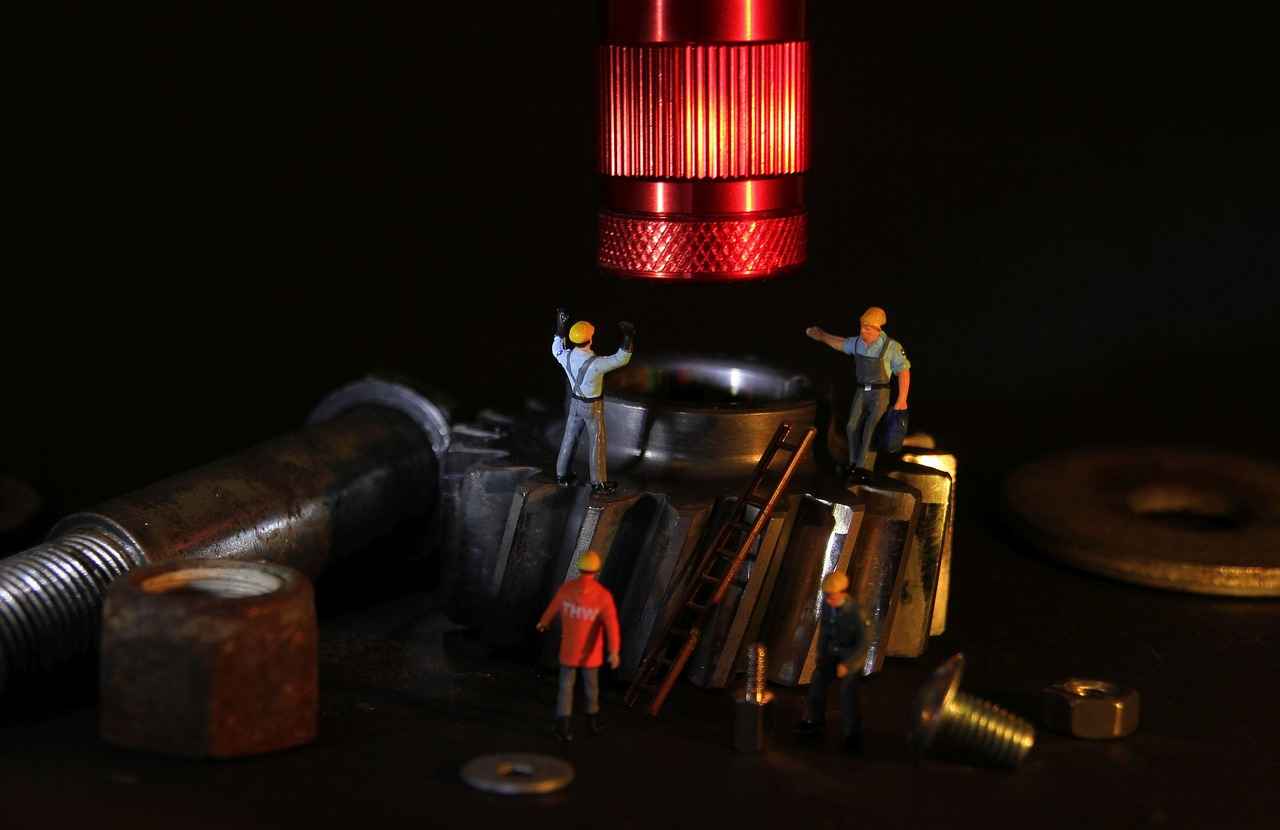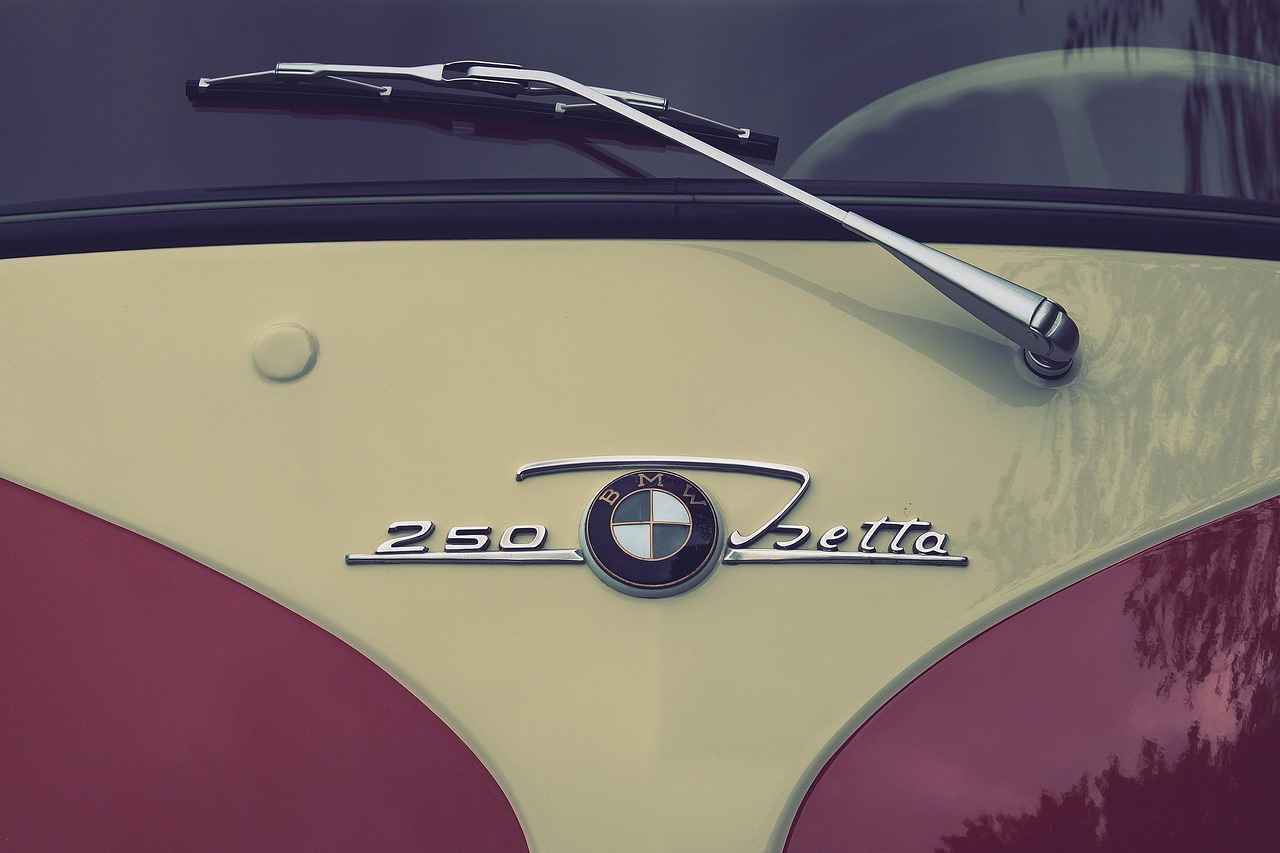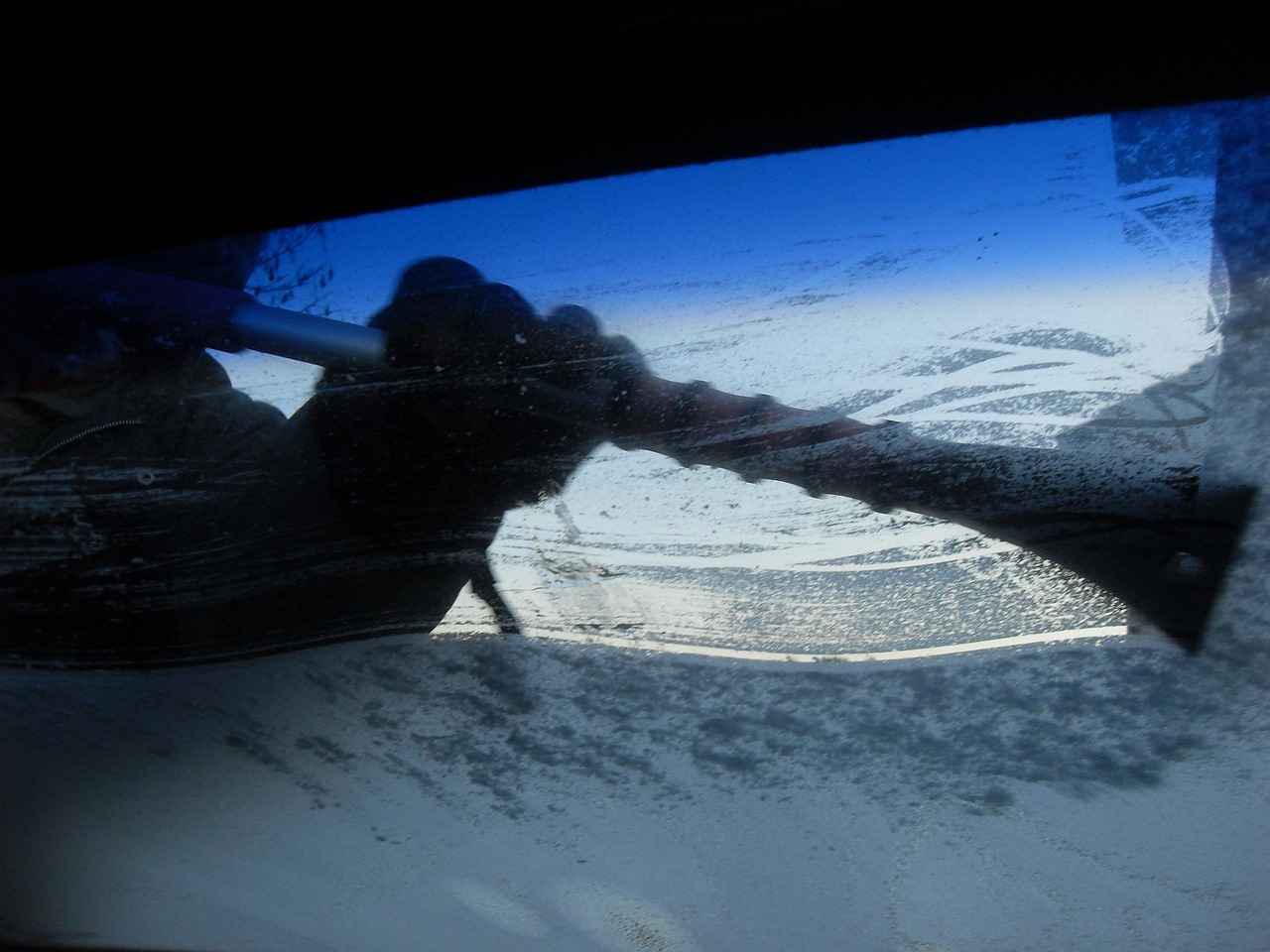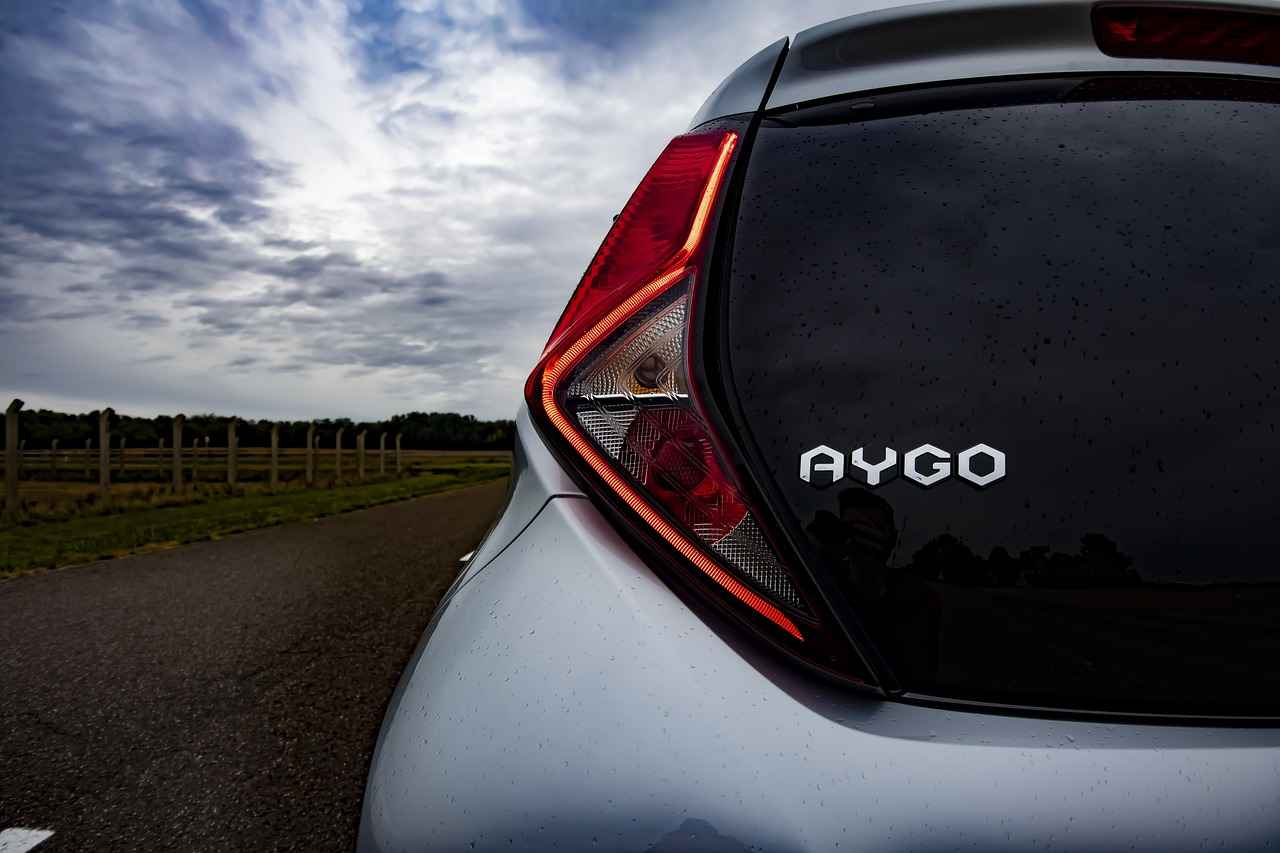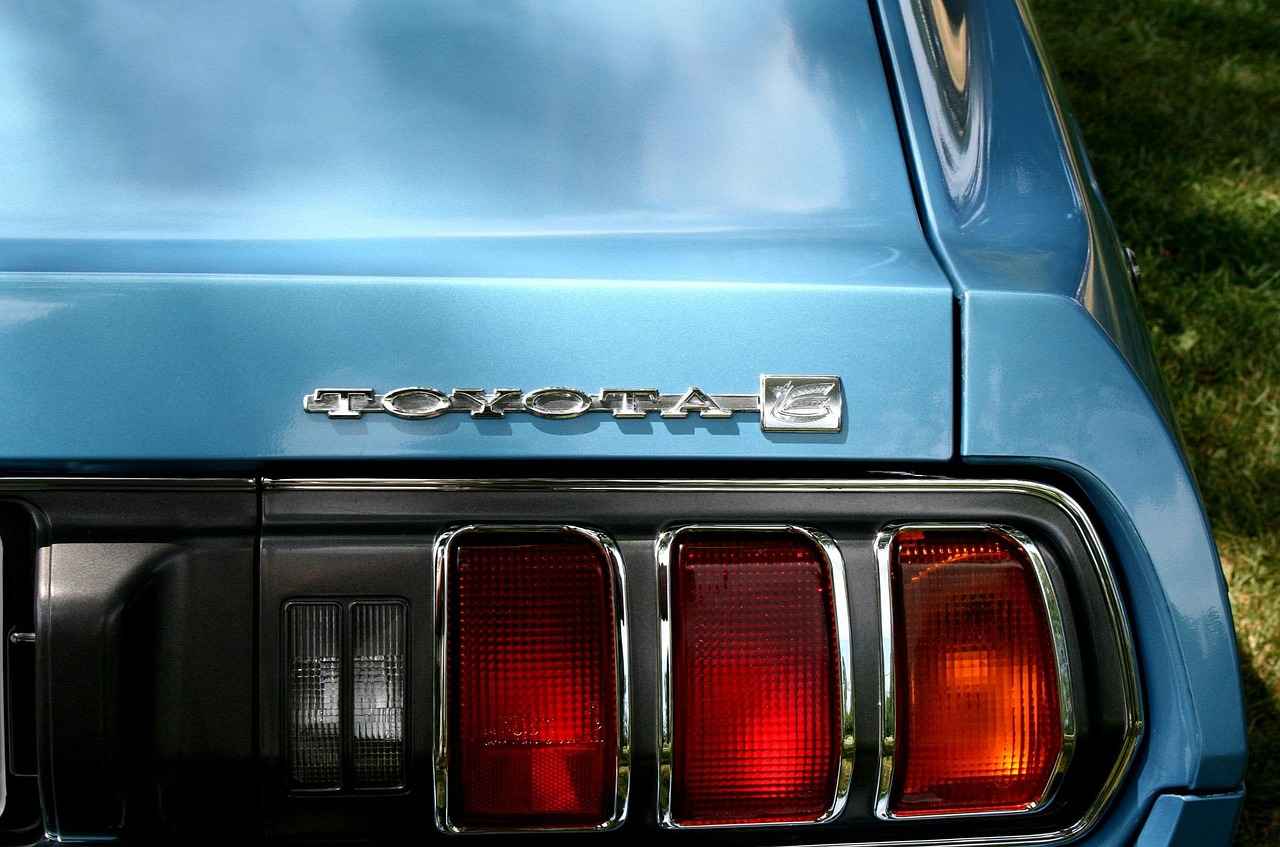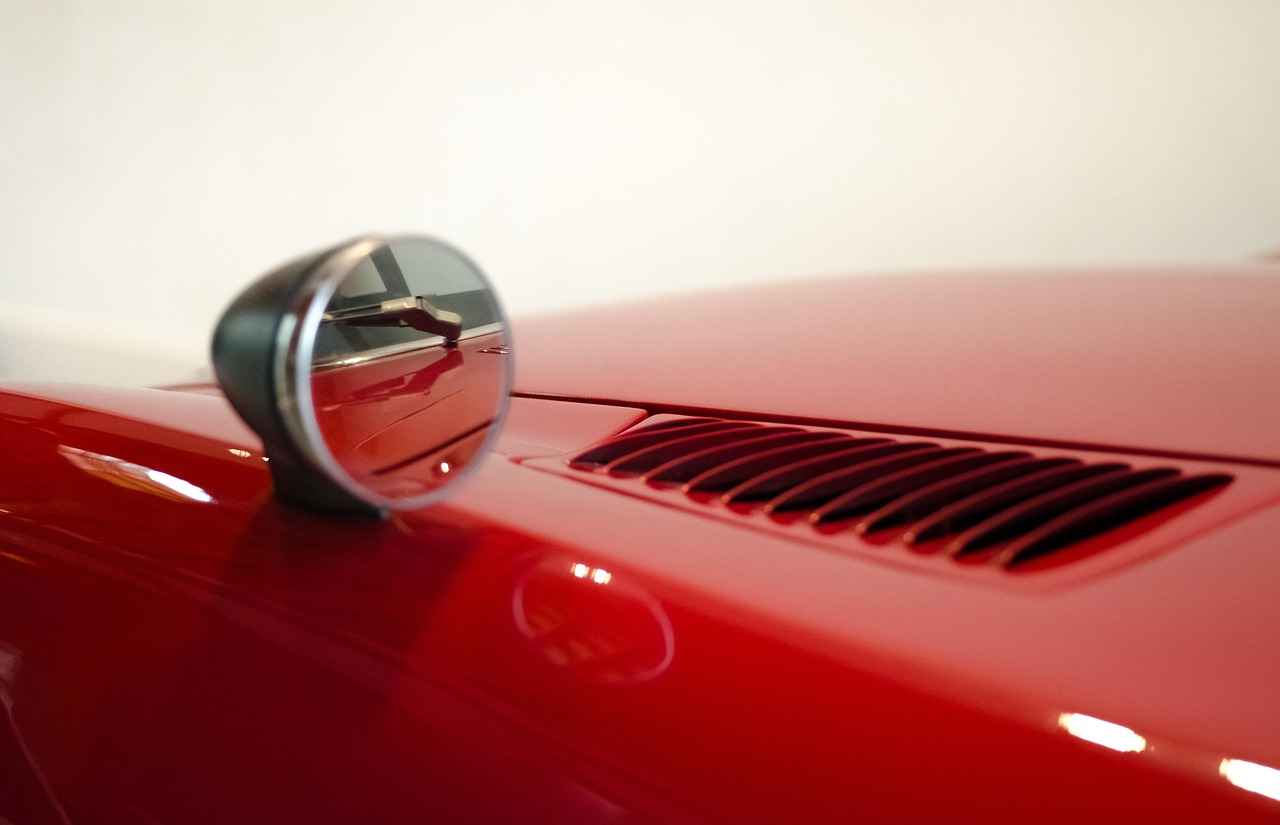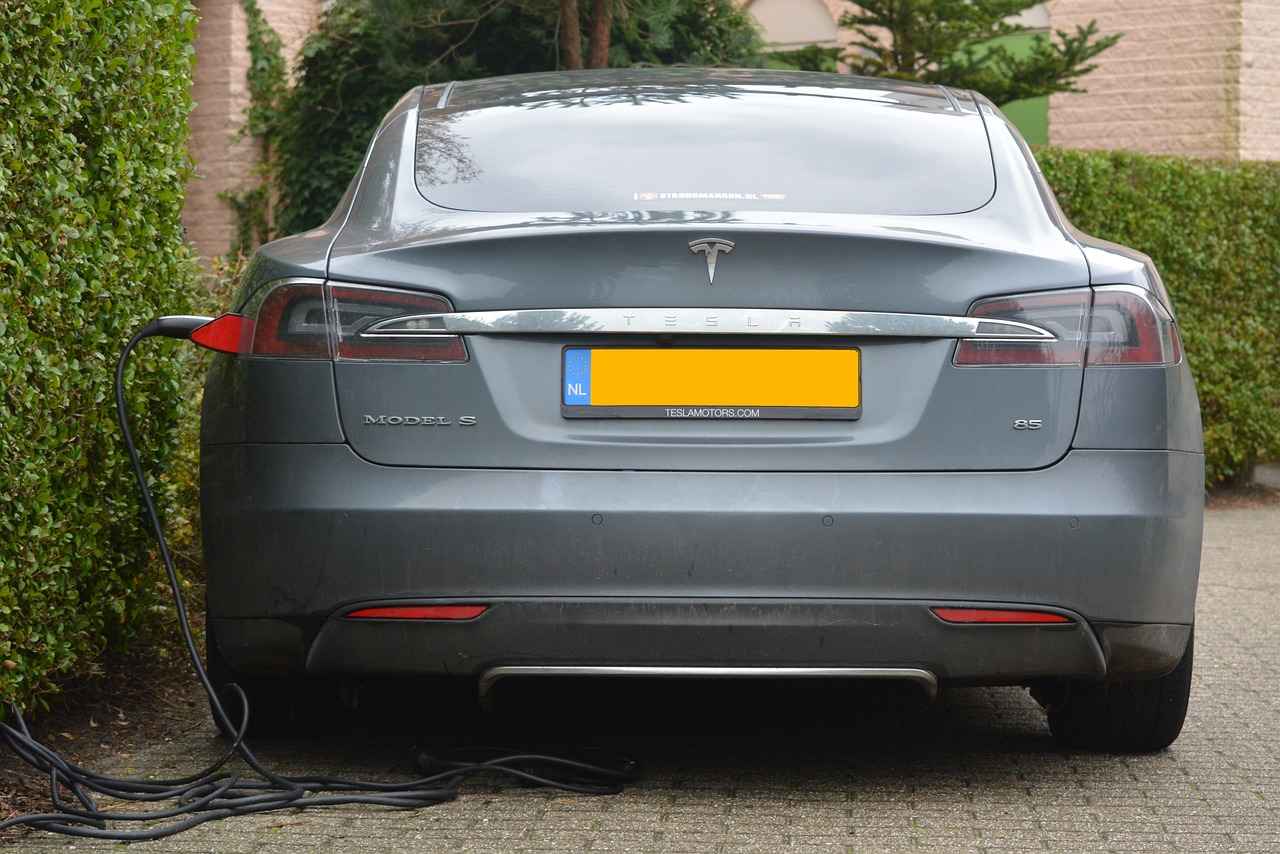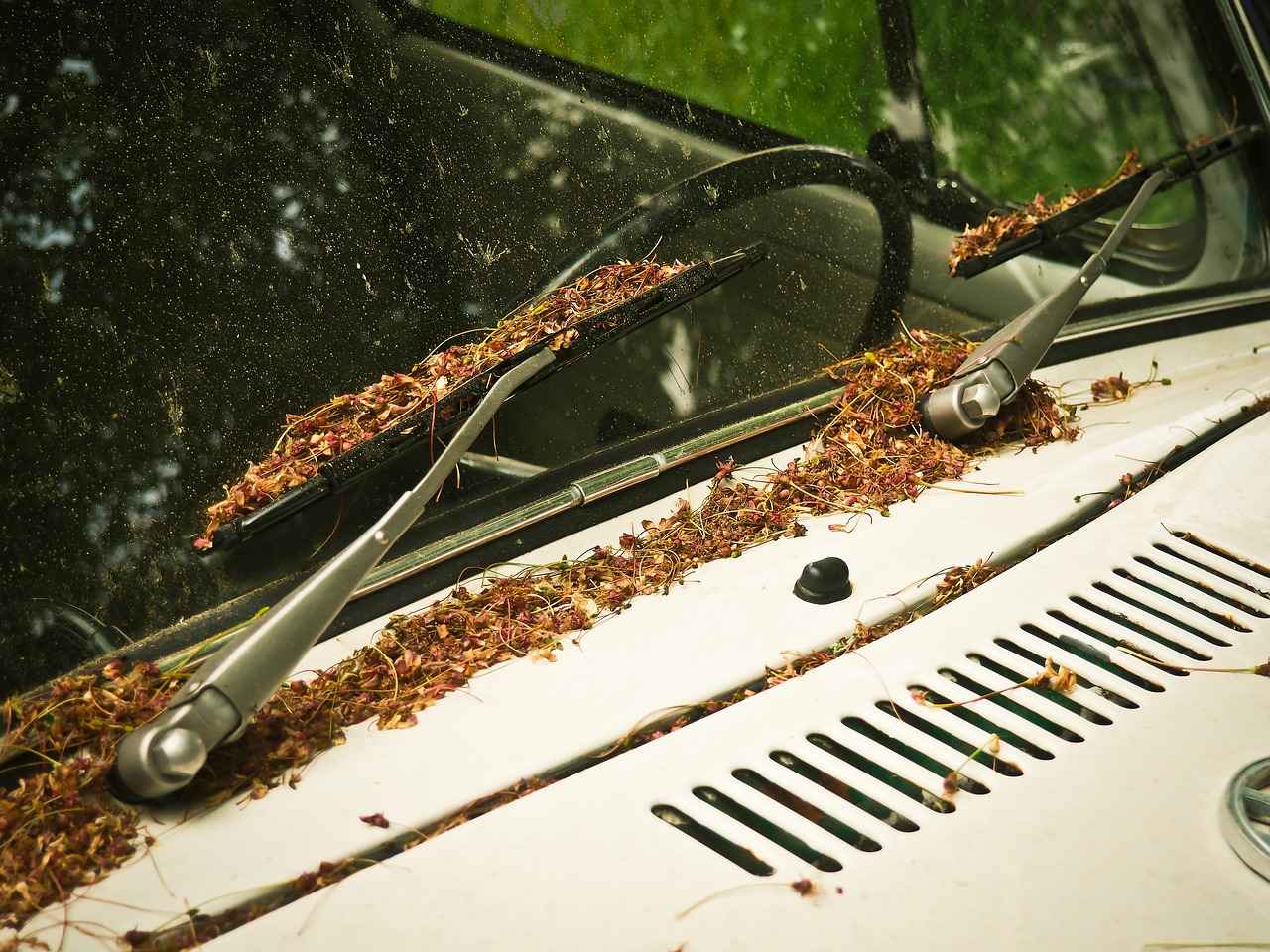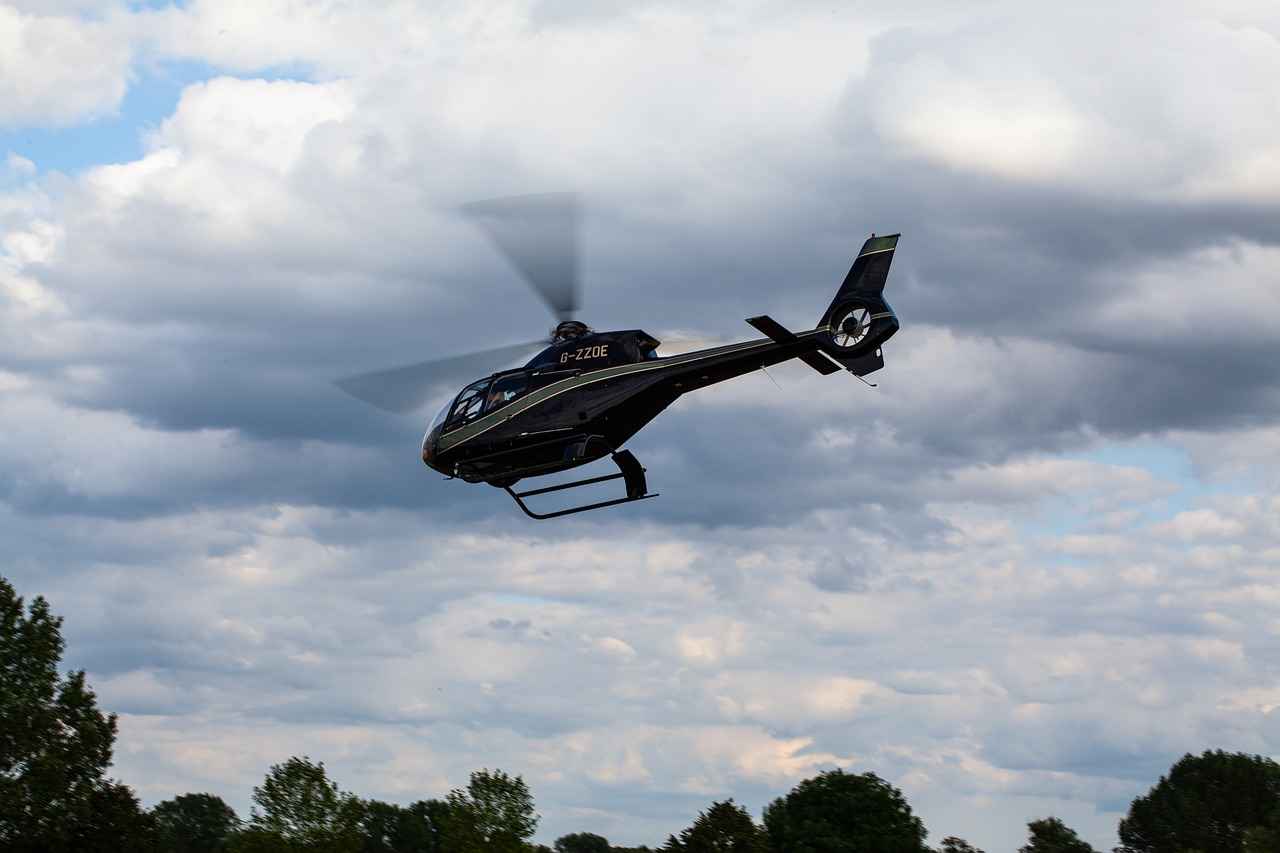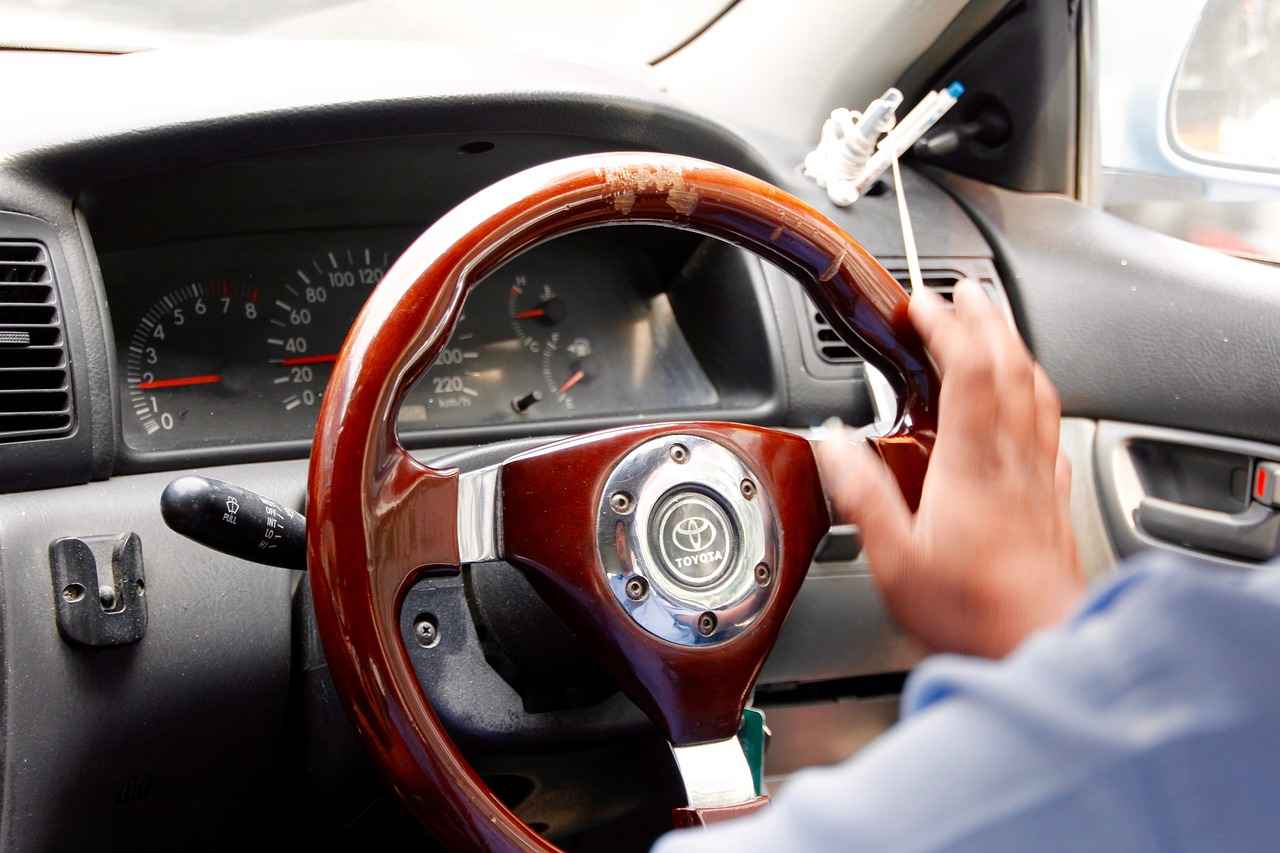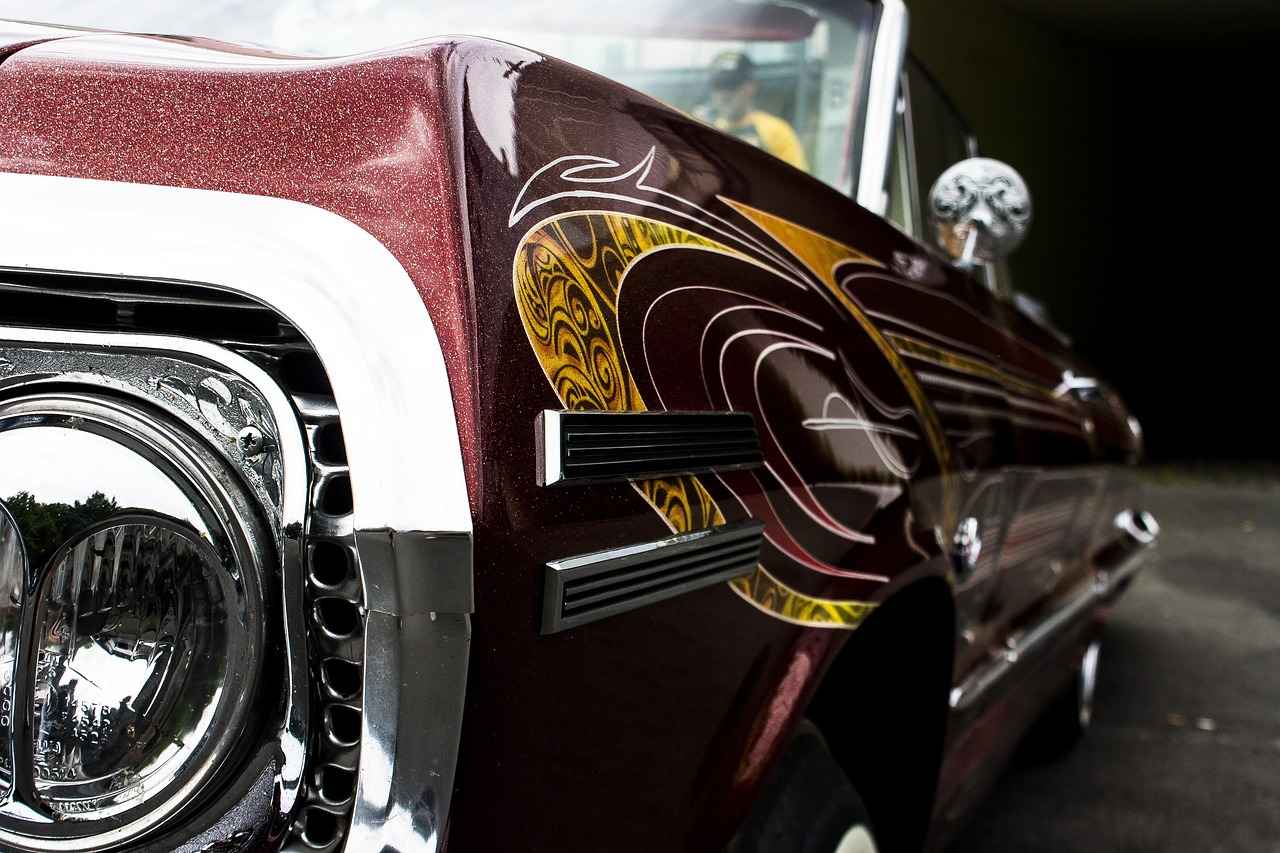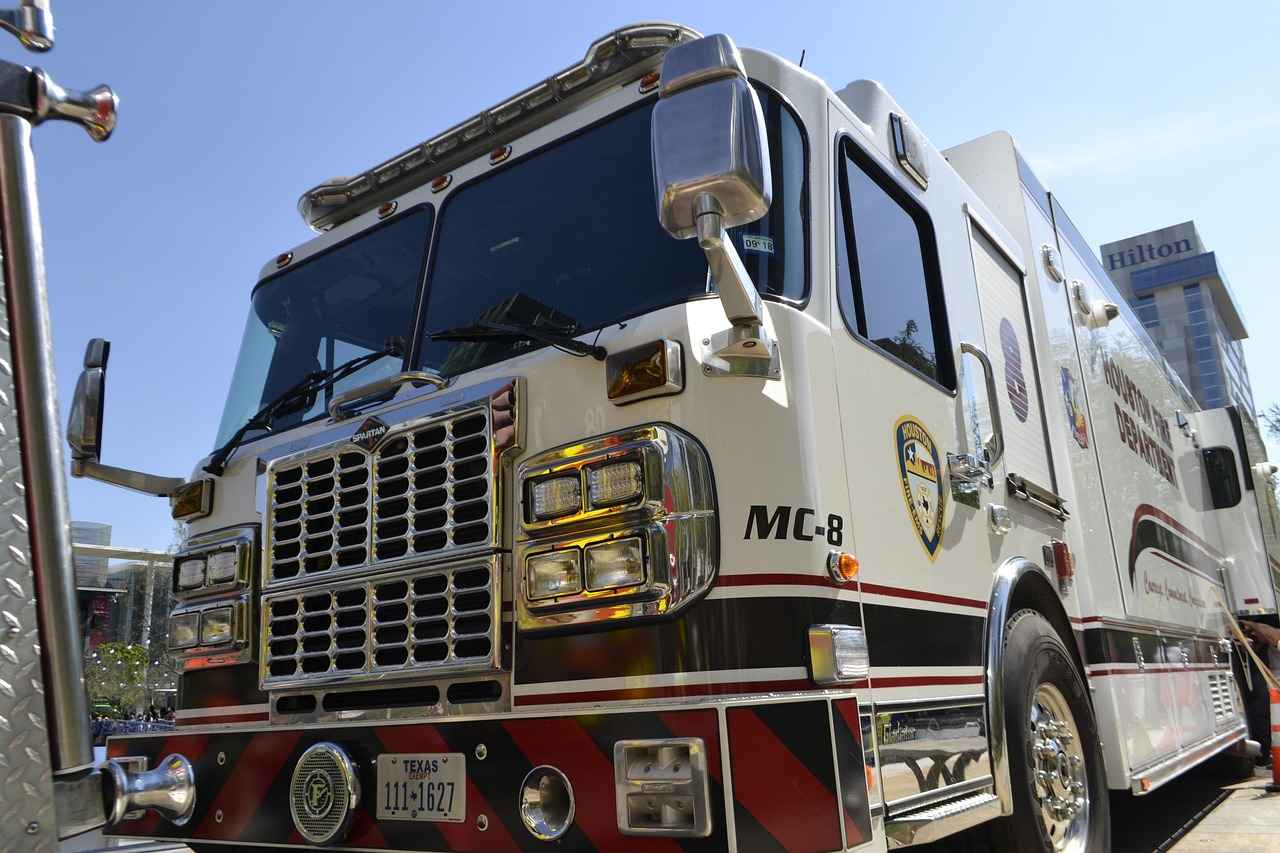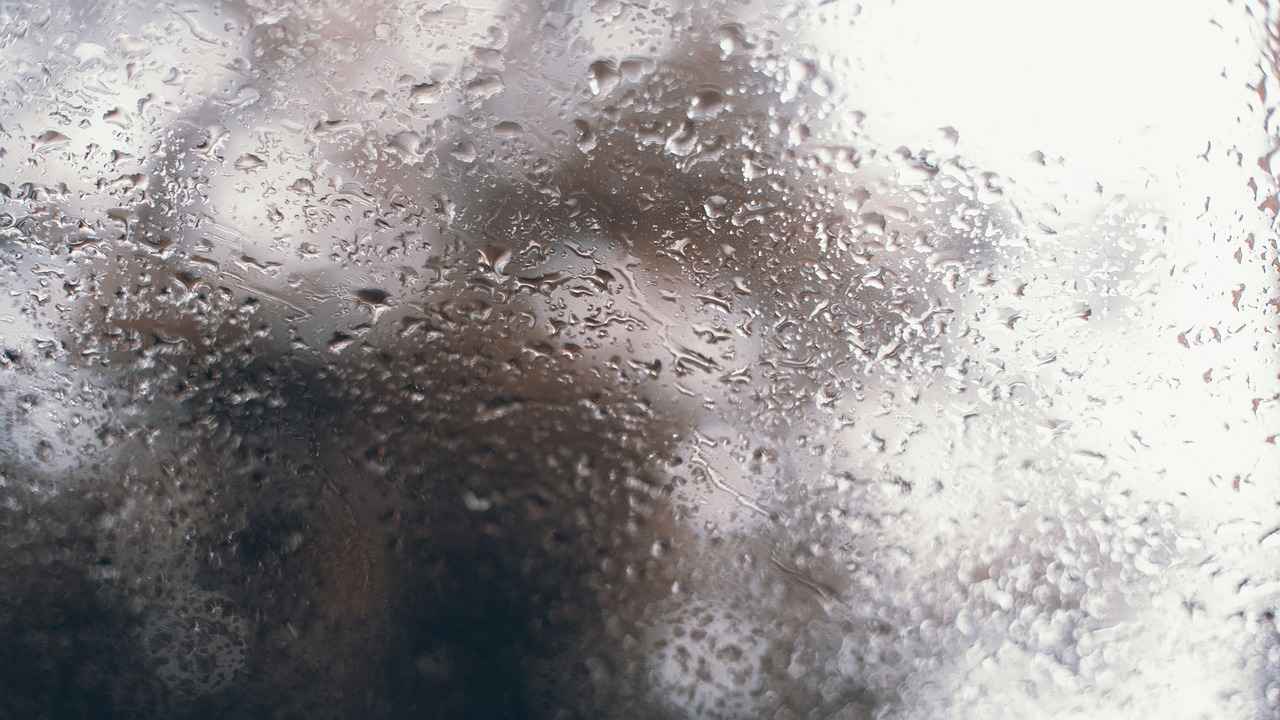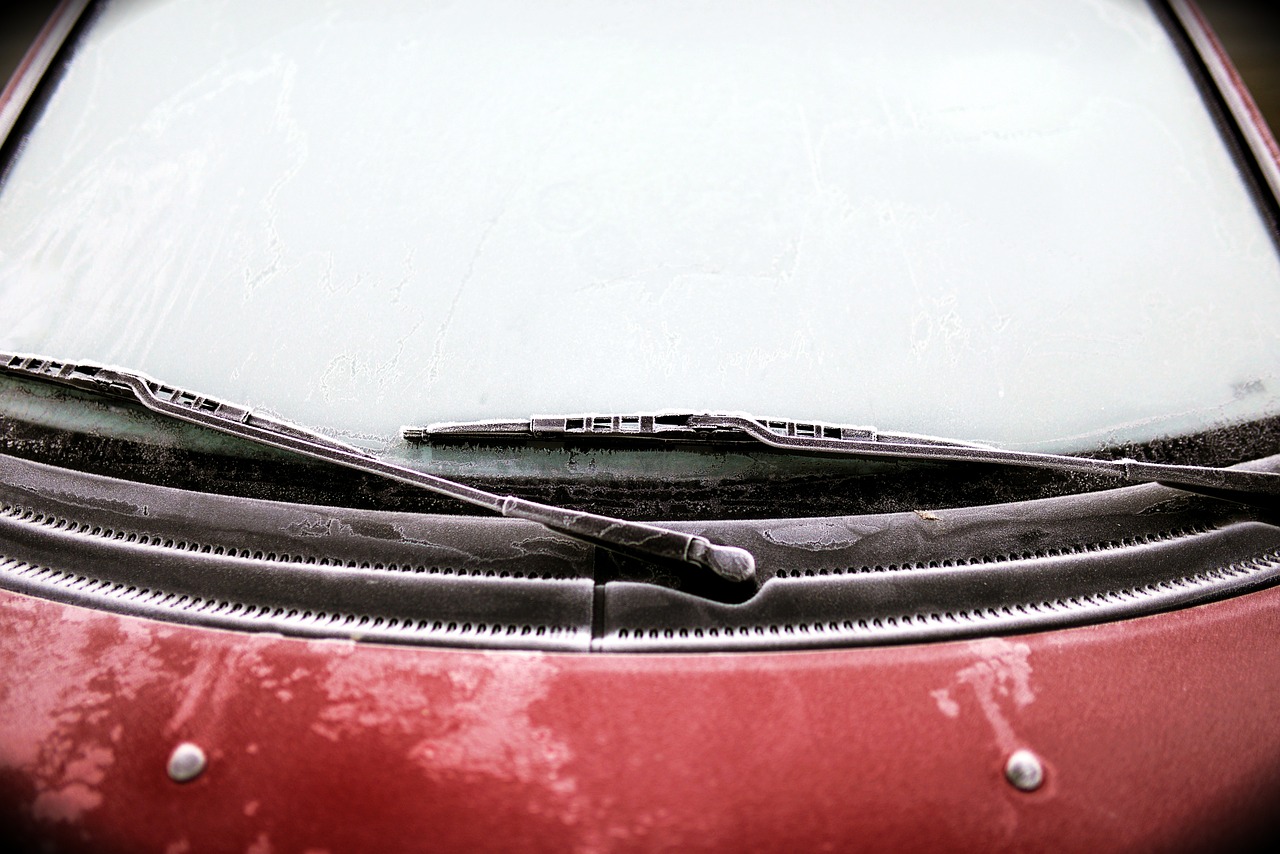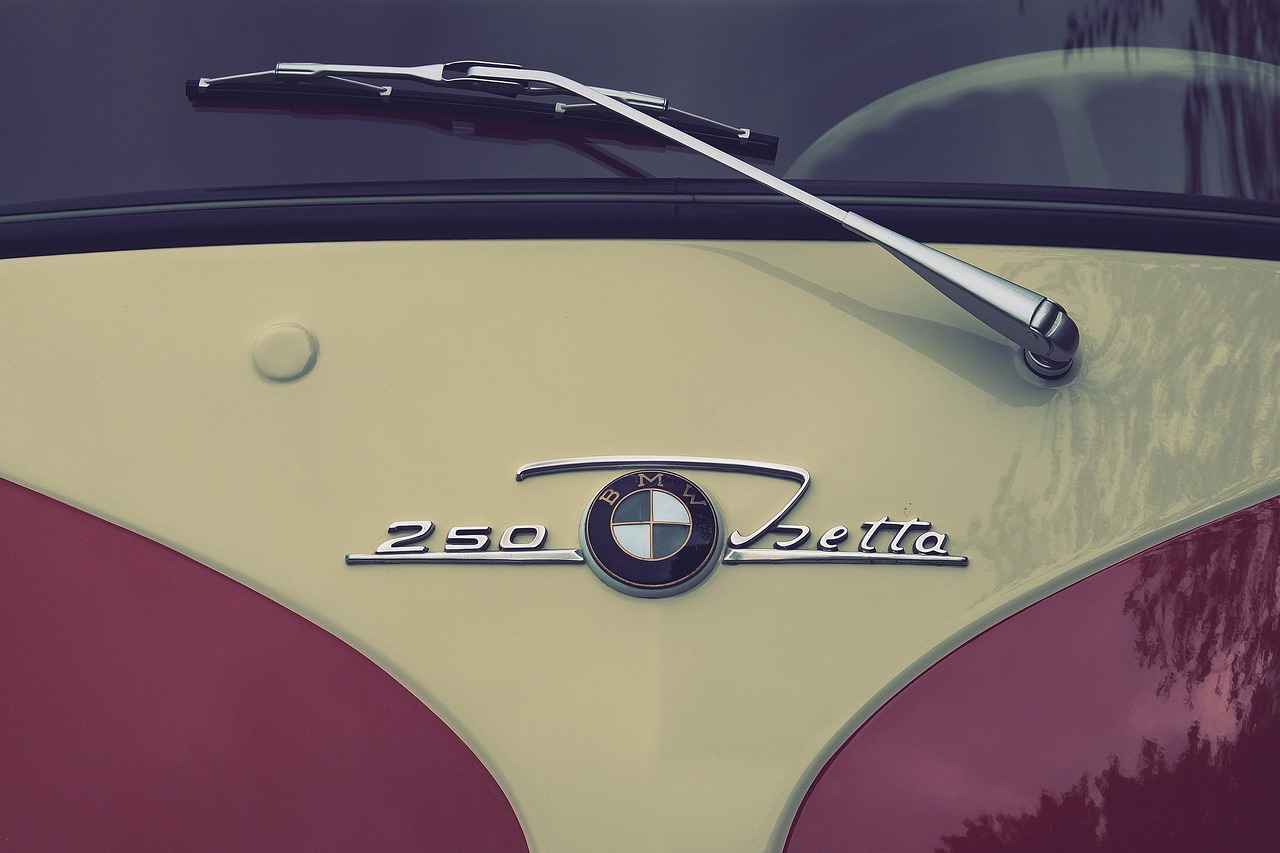Windshield wipers are essential for maintaining visibility while driving, especially during adverse weather conditions. Regularly replacing them is crucial for ensuring safety on the road. In this article, we will discuss the significance of timely windshield wiper replacement, signs that indicate they need to be changed, and expert recommendations for optimal performance.
Identifying the signs of worn windshield wipers is vital for safe driving. Common indicators include:
- Streaking: If your wipers leave streaks on the windshield, it’s a sign that the rubber blade is worn out.
- Skipping: Wipers that skip across the glass instead of making smooth contact can hinder visibility.
- Noises: Unusual sounds, such as squeaking or grinding, often indicate that the wiper blades are damaged.
The lifespan of windshield wipers can vary significantly based on usage and environmental conditions. Generally, wipers should be replaced every six months to a year. However, factors such as frequent use or exposure to harsh weather can necessitate more frequent replacements.
Several factors can influence how long your windshield wipers last:
- Climate: Extreme temperatures can cause rubber to crack or degrade more rapidly.
- Usage Frequency: Regular use during heavy rain or snow can wear out wipers faster.
- Quality: Higher-quality wiper blades tend to last longer than cheaper options.
Adverse weather conditions play a significant role in wiper performance. In hot climates, the sun can dry out and crack the rubber, while in cold climates, freezing temperatures can cause wipers to become brittle and less effective.
Yes, the frequency of use is a critical factor. Frequent operation of windshield wipers, particularly during heavy rain or snow, accelerates wear and tear on the rubber material. Therefore, drivers should regularly inspect their wipers, especially if they are frequently used.
Proper maintenance can significantly extend the life of your windshield wipers. Here are some best practices:
- Regular Cleaning: Clean the blades and windshield regularly to prevent dirt buildup.
- Inspect for Damage: Periodically check for cracks or wear on the rubber blades.
- Use Quality Products: Invest in high-quality wiper blades designed for your specific vehicle.
Timing is essential when it comes to replacing windshield wipers. Experts recommend checking them at the start of each season to ensure they are functioning properly.
Yes, it’s advisable to replace wipers before winter. New wipers can effectively handle snow and ice, ensuring clear visibility during harsh weather conditions.
Spring is an ideal time to inspect your windshield wipers. The wear and tear caused by winter weather can significantly impact their performance, making it essential to ensure they are in good working order.
In summary, regular inspection and timely replacement of windshield wipers are critical for maintaining visibility and safety while driving. By recognizing the signs of wear and following expert recommendations, drivers can ensure their wipers perform optimally in all weather conditions.
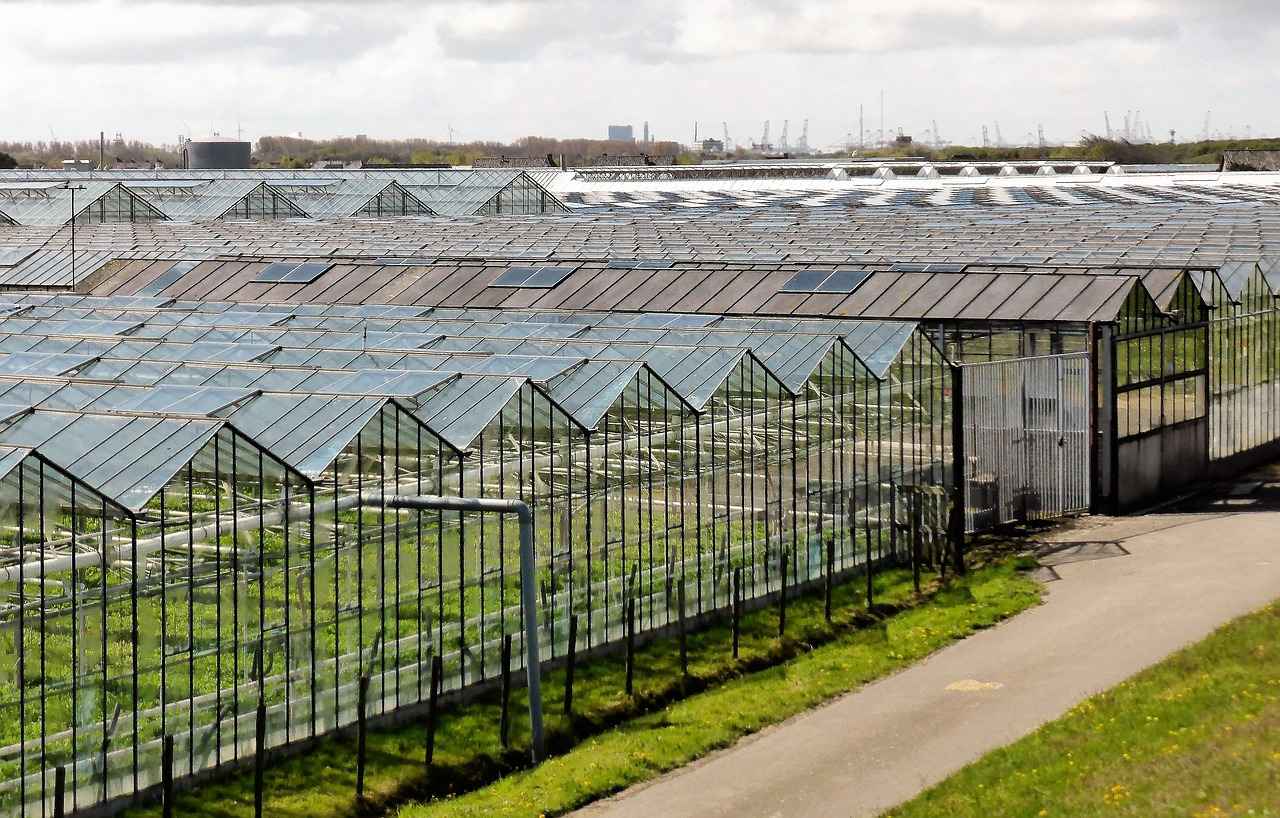
What Are the Signs That Indicate Worn Windshield Wipers?
Windshield wipers are a vital component of vehicle safety, providing clear visibility during adverse weather conditions. Recognizing the signs of worn windshield wipers is crucial for maintaining safety on the road. Ignoring these signs can lead to reduced visibility, which can increase the risk of accidents. Below, we will explore the key indicators that suggest it’s time to replace your windshield wipers.
- Streaking: If your wipers leave streaks on the windshield, it’s a clear sign that the rubber has worn down. This reduces visibility, especially in heavy rain.
- Skipping: Wipers that skip across the glass instead of moving smoothly indicate that the blades may be damaged or contaminated. This can happen due to wear or debris buildup.
- Unusual Noises: Any grinding or squeaking sounds during operation suggest that the wiper blades are not making proper contact with the windshield. This can lead to further damage if not addressed.
- Cracks or Tears: Visually inspecting the wiper blades for any cracks or tears is essential. Damaged blades cannot effectively clear water, compromising safety.
- Reduced Performance: If you notice that your wipers are not clearing water efficiently, even after replacing the blades, it may indicate an issue with the wiper motor or arm.
It’s essential to regularly check your windshield wipers and replace them when you notice any of these signs. Experts recommend replacing wipers every six months to a year, depending on usage and environmental conditions. Regular maintenance not only enhances visibility but also contributes to overall driving safety.
In addition to recognizing these signs, understanding the factors that contribute to wiper wear can help you take proactive measures. For instance, extreme weather conditions such as intense heat or freezing temperatures can accelerate the degradation of wiper blades. Frequent use in heavy rain or snow can also lead to quicker wear. Therefore, checking your wipers at the start of each season is a good practice.
In conclusion, being aware of the signs that indicate worn windshield wipers is vital for your safety on the road. By replacing your wipers promptly when these signs appear, you can ensure optimal visibility and reduce the risk of accidents. Make it a habit to inspect your windshield wipers regularly and replace them as needed to maintain a clear view while driving.

How Long Do Windshield Wipers Typically Last?
Understanding the lifespan of windshield wipers is essential for every driver. Regular maintenance and timely replacements can significantly enhance driving safety and visibility. In general, windshield wipers should be replaced every six months to a year, but this can vary based on several factors, including usage and environmental conditions.
The average lifespan of windshield wipers can be influenced by multiple elements. For instance, frequent use in adverse weather conditions can lead to quicker wear and tear. A typical set of wiper blades may last anywhere from six months to one year, but various factors can extend or shorten this lifespan.
- Climate: Extreme temperatures can adversely affect the rubber material of wiper blades. In regions with harsh winters, wipers may freeze and become brittle, while in hot climates, they may crack or wear out due to excessive heat.
- Usage Frequency: If you frequently drive in rainy or snowy conditions, your wipers will naturally wear out faster. Regular use can lead to degradation of the rubber, making it essential to monitor their condition closely.
- Wiper Blade Quality: Higher quality blades tend to last longer. Investing in premium wipers can save you money in the long run, as they are often designed to withstand harsher conditions.
In areas with extreme weather conditions, windshield wipers can suffer accelerated damage. For example, intense heat can cause the rubber to dry out and crack, while freezing temperatures can lead to stiffness and decreased flexibility. Therefore, understanding your local climate can help you anticipate when to replace your wipers.
Absolutely! The more often you use your windshield wipers, especially during heavy rain or snow, the more quickly they will degrade. It’s advisable to conduct regular checks on your blades if you live in an area that experiences frequent inclement weather.
Proper maintenance is key to extending the lifespan of your windshield wipers. Here are some best practices:
- Regular Cleaning: Clean both your windshield and wiper blades regularly to remove dirt and debris that can cause wear.
- Inspect for Damage: Periodically check for signs of wear, such as cracks, tears, or stiffness in the rubber.
- Replace When Necessary: Don’t wait for wipers to fail completely; replace them at the first sign of degradation.
Timing is crucial when it comes to replacing windshield wipers. Many experts recommend checking them at the start of each season. This ensures that you are prepared for the specific weather conditions you may face.
Yes! Replacing wipers before winter is highly recommended. This ensures that they can effectively tackle snow and ice, maintaining clear visibility during harsh weather conditions. It’s a small investment that can significantly enhance safety.
Spring is an excellent time to conduct a thorough check of your windshield wipers. Winter weather can cause significant wear, and ensuring they are functioning properly is essential for safe driving as the rainy season approaches.
What Factors Affect Windshield Wiper Lifespan?
Windshield wipers play a crucial role in ensuring clear visibility while driving, and understanding the factors that affect their lifespan can help drivers maintain their vehicles effectively. Several factors influence how long windshield wipers last, including climate conditions, frequency of use, and the quality of the wiper blades themselves.
The climate in which you live significantly affects the durability of your windshield wipers. For instance:
- Extreme Heat: In regions with high temperatures, the rubber material of wiper blades can dry out and crack, reducing their effectiveness.
- Freezing Temperatures: Cold weather can cause wipers to freeze to the windshield, leading to tearing when they are activated.
- Rain and Humidity: High moisture levels can promote the growth of mold and mildew on wiper blades, further deteriorating their quality.
Another critical factor affecting the lifespan of windshield wipers is usage frequency. The more often wipers are used, particularly in adverse weather conditions, the faster they will wear down. Consider the following:
- Heavy Rain: Frequent use during heavy rain can lead to quicker degradation of the rubber, as the blades are constantly in motion against the windshield.
- Snow and Ice: Using wipers to clear snow or ice can cause additional stress, leading to premature wear and tear.
- Regular Use: Even in mild conditions, regular use can contribute to gradual wear, necessitating more frequent replacements.
The quality of the wiper blades also plays a significant role in determining their lifespan. Investing in high-quality blades can yield better performance and durability. Here are key points to consider:
- Material: Premium wiper blades are often made from advanced rubber or silicone, which can resist cracking and provide better contact with the windshield.
- Design: Aerodynamic designs can reduce wind lift and improve performance at high speeds, leading to less wear.
- Brand Reputation: Choosing reputable brands known for their durability can ensure you get a product that lasts longer.
To maximize the lifespan of your windshield wipers, consider implementing these maintenance tips:
- Regular Cleaning: Clean the wiper blades and windshield regularly to remove dirt and debris that can cause wear.
- Inspect for Damage: Periodically check for signs of wear, such as cracks or fraying, and replace them as needed.
- Use Windshield Washer Fluid: Ensure that your windshield washer fluid is always filled to help maintain the condition of the blades.
By understanding these factors and taking proactive measures, drivers can ensure their windshield wipers remain effective for a longer period, enhancing both visibility and safety on the road.
How Does Climate Impact Wiper Performance?
Understanding how climate affects windshield wiper performance is essential for maintaining optimal visibility while driving. Extreme weather conditions can significantly impact the longevity and functionality of your wiper blades. This section delves into the various climate-related factors that contribute to wiper wear and provides insights into how to manage these effects effectively.
In regions where temperatures soar, the rubber material of windshield wipers can become brittle and cracked. The intense heat accelerates the deterioration of the wiper blades, leading to reduced effectiveness. Drivers may notice:
- Streaking: Wipers may leave streaks on the windshield, impairing visibility.
- Skipping: Wipers may skip across the glass, failing to clear water effectively.
- Cracking: Visible cracks in the rubber, indicating that the blades need replacement.
Conversely, in areas with cold winters, wiper blades can freeze to the windshield. This can lead to mechanical strain when attempting to operate the wipers, potentially damaging the wiper motor. Common issues include:
- Stiffness: Wiper blades may become stiff and less flexible, reducing their effectiveness.
- Ice Build-Up: Ice can accumulate on the blades, hindering their ability to make contact with the glass.
- Wear and Tear: Constantly scraping against ice can lead to premature wear.
In extreme climates, regular maintenance of windshield wipers becomes even more critical. Here are some best practices:
- Regular Inspections: Check your wipers every month, especially during seasonal transitions.
- Cleaning: Keep the blades clean to prevent dirt buildup, which can exacerbate wear.
- Use Quality Products: Invest in high-quality wiper blades designed to withstand harsh conditions.
When selecting windshield wipers, consider the following factors:
- Material: Look for blades made from durable rubber or silicone that can withstand temperature extremes.
- Design: Some wipers are specifically designed for snow and ice, offering enhanced performance in winter.
- Brand Reputation: Choose brands known for their reliability in extreme weather conditions.
In conclusion, understanding the impact of climate on windshield wiper performance is vital for ensuring safe driving conditions. By recognizing the signs of wear and adhering to maintenance best practices, drivers can prolong the life of their wipers and enhance visibility, regardless of the weather.
Does Usage Frequency Matter?
When it comes to maintaining your vehicle, one often overlooked component is the windshield wipers. The frequency with which you use your windshield wipers plays a significant role in their longevity and performance. Understanding this can help you make informed decisions about their maintenance and replacement.
Frequent use of windshield wipers, particularly in heavy rain or snow, can accelerate the degradation of the rubber material from which they are made. This degradation manifests in several ways, including:
- Cracking: Over time, the rubber can develop cracks due to constant friction and exposure to harsh weather conditions.
- Hardening: Regular use can cause the rubber to harden, reducing its flexibility and effectiveness.
- Streaking: Worn blades may not make proper contact with the windshield, leading to streaks that impair visibility.
Experts recommend that drivers should conduct regular checks on their wipers, especially if they are frequently used. A good rule of thumb is to inspect them every month or before embarking on long trips. If you notice any of the signs mentioned above, it may be time to consider a replacement.
Another important aspect to consider is the environment in which you drive. For instance, if you often drive in areas that experience heavy precipitation or snow, your wipers will naturally wear out faster. In contrast, if you live in a drier climate where wipers are seldom used, they may last longer. However, even in these situations, it is advisable to replace wipers at least once a year to ensure optimal performance.
What Can You Do to Extend Wiper Lifespan?
To maximize the lifespan of your windshield wipers, consider the following maintenance tips:
- Regular Cleaning: Keep the wiper blades clean by wiping them with a soft cloth and a mild detergent. This helps remove dirt and debris that can cause wear.
- Inspect for Damage: Regularly check for any signs of wear and tear, such as fraying or cracks. Early detection can save you from more costly repairs.
- Use Quality Products: Investing in high-quality wiper blades can make a significant difference in durability and performance.
In addition to these maintenance practices, it’s also essential to be mindful of how you use your wipers. For example, avoid using them on a dry windshield, as this can cause unnecessary friction and damage. Instead, ensure your windshield is wet before activating the wipers.
When Should You Replace Wipers?
As a general guideline, windshield wipers should be replaced every six months to a year, depending on usage and environmental factors. However, if you frequently drive in adverse weather conditions, more frequent replacements may be necessary. By staying vigilant and proactive about your wiper maintenance, you can ensure clear visibility and enhance your safety on the road.
Ultimately, understanding the impact of usage frequency on your windshield wipers is crucial for maintaining their effectiveness. Regular checks and timely replacements can prevent dangerous visibility issues and prolong the life of your wipers, making your driving experience safer and more enjoyable.
What Are the Best Practices for Maintaining Windshield Wipers?
Maintaining your windshield wipers is essential for ensuring optimal visibility and safety while driving. Regular upkeep not only enhances the performance of your wipers but also extends their lifespan significantly. Here are the best practices for maintaining windshield wipers effectively.
One of the most effective ways to maintain windshield wipers is through regular cleaning. Accumulated dirt, grime, and debris can lead to wear and tear on the wiper blades, reducing their efficiency. Cleaning the blades with a soft cloth and a mild detergent helps remove any buildup that may affect their performance.
It is advisable to inspect your wiper blades at least once a month. Look for signs of damage such as cracks, tears, or hardening of the rubber. If you notice any of these issues, it’s time to consider a replacement. Regular inspections can prevent sudden failures, especially during adverse weather conditions.
For effective cleaning, use a solution that is safe for both the windshield and the wiper blades. A mixture of water and vinegar or a dedicated wiper blade cleaner can work wonders. Avoid using harsh chemicals that can degrade the rubber material of the blades.
Yes, cleaning the windshield is just as crucial as cleaning the wipers. A dirty windshield can hinder visibility and cause the wipers to work harder, leading to quicker wear. Use a quality glass cleaner and a microfiber cloth to keep your windshield spotless.
Environmental conditions play a significant role in the wear and tear of wiper blades. For instance, exposure to extreme temperatures, UV rays, and contaminants like tree sap or bird droppings can accelerate degradation. If you live in such conditions, you may need to be more vigilant about maintenance and replacement.
Even with proper maintenance, wiper blades have a limited lifespan. It is generally recommended to replace them every six months to a year. However, if you notice issues like streaking or skipping while using them, it may indicate that replacement is necessary sooner.
During winter, it’s vital to ensure your wipers are capable of handling snow and ice. Consider using winter-specific wiper blades that are designed to perform better in cold conditions. Additionally, clear any snow or ice buildup before using your wipers to prolong their life.
- Improved Visibility: Clean and well-maintained wipers provide a clearer view of the road.
- Enhanced Safety: Reduces the risk of accidents caused by poor visibility.
- Cost-Effective: Regular maintenance can save you money by extending the life of your wipers.
In summary, proper maintenance of windshield wipers involves regular cleaning, timely inspections, and being mindful of environmental factors. By following these best practices, you can ensure that your windshield wipers remain in optimal condition, providing you with the safety and visibility you need while driving.

When Is the Best Time to Replace Windshield Wipers?
When it comes to maintaining your vehicle, one of the most overlooked aspects is the condition of your windshield wipers. Timing is key when it comes to replacing these essential components. Many experts recommend checking them at the start of each season to ensure they are in good condition. Regular inspections can help prevent dangerous situations caused by poor visibility during adverse weather conditions.
Windshield wipers are your first line of defense against rain, snow, and debris. As such, seasonal replacement is crucial for maintaining clarity while driving. Different seasons bring different challenges:
- Spring: Heavy rainfall can lead to streaking if wipers are worn.
- Summer: Heat can cause rubber to crack and degrade more quickly.
- Fall: Leaves and other debris can clog wipers, affecting performance.
- Winter: Ice and snow can severely damage wipers if they are not robust enough.
It’s essential to recognize the signs of worn windshield wipers to maintain safety. Look out for:
- Streaking: If your wipers leave streaks on the windshield, it’s time for a replacement.
- Skipping: Wipers that skip across the glass indicate wear.
- Noises: Unusual sounds during operation can signal that the blades are damaged.
The lifespan of windshield wipers can vary based on several factors. Generally, they should be replaced every six months to a year. However, this can depend on:
- Usage: Frequent use in harsh conditions can shorten their lifespan.
- Quality: Higher-quality wipers tend to last longer.
- Environmental Factors: Exposure to extreme temperatures can accelerate wear and tear.
Extreme weather conditions, such as intense heat or freezing temperatures, can cause wiper blades to wear out more quickly. In hot climates, the rubber can dry out and crack, while in colder areas, the blades can freeze to the windshield, causing damage when used. Regularly checking the condition of your wipers in relation to the climate can help you determine the best time for replacement.
Yes, the frequency of use plays a significant role in the lifespan of windshield wipers. For instance, if you live in an area that experiences heavy rain or snow, your wipers will be used more often and will likely need to be replaced sooner. Regular inspections can help you identify when they need to be replaced based on usage.
Proper maintenance can extend the life of your windshield wipers. Here are some best practices:
- Regular Cleaning: Clean both the wiper blades and the windshield to prevent dirt buildup.
- Check for Damage: Periodically inspect wipers for cracks or wear.
- Use Quality Products: Invest in high-quality wiper blades designed for your climate.
Replacing wipers before winter is highly advisable. This ensures they can handle snow and ice effectively, providing clear visibility during harsh weather conditions. New wipers will better conform to the windshield, which is critical for effective clearing of snow and sleet.
Spring is an excellent time for a thorough check of windshield wipers. The harsh conditions of winter can cause significant wear, making it essential to ensure they are functioning properly. This seasonal check can help you avoid visibility issues during spring rains.
Should You Replace Wipers Before Winter?
As winter approaches, ensuring that your vehicle is ready for the harsh weather conditions is crucial. One often overlooked aspect of winter preparation is the condition of your windshield wipers. The answer is a resounding yes. This article delves into the reasons why replacing your wipers before the winter season is essential for maintaining visibility and safety on the road.
Windshield wipers play a vital role in ensuring clear visibility during adverse weather conditions. Snow, ice, and rain can significantly impair your ability to see the road, making functional wipers a necessity. Old or worn wipers may struggle to clear away snow and ice effectively, leading to dangerous driving situations.
Neglecting to replace worn wipers can lead to several issues:
- Reduced Visibility: Worn blades can cause streaks on your windshield, obstructing your view.
- Increased Risk of Accidents: Poor visibility increases the likelihood of accidents, especially in icy conditions.
- Damage to Windshield: Old wiper blades can scratch the glass, leading to costly repairs.
There are several signs that indicate it’s time for a replacement:
- Streaking: If your wipers leave streaks or fail to clear the windshield completely, it’s time for new blades.
- Skipping: Wipers that skip across the glass rather than making consistent contact are worn out.
- Noises: Squeaking or chattering sounds during operation can indicate that the rubber is deteriorating.
When selecting wipers for winter, consider winter-specific wiper blades. These are designed to handle snow and ice, often featuring a rubber boot that prevents ice buildup. Additionally, look for blades with a more robust frame that can withstand harsh conditions.
Experts recommend replacing windshield wipers every six months to a year, but this can vary depending on usage and environmental factors. If you live in an area with severe winter weather, more frequent replacements may be necessary.
To extend the life of your windshield wipers:
- Regular Cleaning: Clean the blades and windshield regularly to prevent dirt buildup.
- Inspect Frequently: Check your wipers for signs of wear, especially before winter.
- Use Proper Wiper Fluid: Ensure you’re using a quality windshield washer fluid that can help keep the blades clean.
In conclusion, replacing your windshield wipers before winter is not just a recommendation; it’s a necessity for safe driving. Ensuring that your wipers are in top condition will provide you with the visibility needed to navigate through snow and ice effectively. Don’t wait until the first snowfall to realize that your wipers are inadequate; take action now to guarantee your safety on the road.
What About Spring Maintenance?
Spring is a time of renewal, making it the perfect opportunity to give your vehicle some much-needed attention, especially when it comes to windscreen wipers. After enduring the harsh conditions of winter, your wipers may have suffered significant wear and tear. This season is crucial for ensuring that your wipers are ready to handle spring showers and enhance your visibility while driving.
As winter gives way to spring, it’s essential to assess the condition of your windshield wipers. The extreme cold, ice, and snow can lead to deterioration of the rubber blades, affecting their performance. Spring maintenance helps to:
- Ensure clear visibility: Properly functioning wipers are vital for maintaining visibility during rain.
- Enhance safety: Worn wipers can lead to streaks and smears, increasing the risk of accidents.
- Prevent further damage: Addressing worn wipers early can prevent damage to the windshield itself.
When inspecting your windshield wipers, keep an eye out for the following signs that indicate they may need replacement:
- Streaking: If the wipers leave streaks on the windshield, it’s a sign that the rubber is worn.
- Skipping: Wipers that skip across the glass instead of gliding smoothly can be ineffective.
- Cracking or splitting: Visible damage to the rubber blades is a clear indicator that it’s time for a replacement.
Experts generally recommend replacing windshield wipers every six months to a year, but this can vary based on several factors:
- Usage frequency: Frequent use in adverse weather conditions can shorten their lifespan.
- Quality of wipers: Higher-quality blades may last longer than cheaper alternatives.
- Environmental conditions: Extreme temperatures and UV exposure can accelerate wear.
To extend the life of your windshield wipers, consider the following maintenance tips:
- Regular cleaning: Clean the wiper blades and windshield regularly to remove dirt and debris.
- Inspect periodically: Check your wipers at the start of each season to catch any issues early.
- Use the right products: Avoid using ammonia-based cleaners, which can damage the rubber.
Many automotive experts suggest that spring is an ideal time for a thorough check and replacement of windshield wipers. After the wear caused by winter, ensuring that your wipers are in optimal condition can significantly enhance your driving experience during the rainy months ahead.
In conclusion, taking the time to assess and maintain your windshield wipers in spring can lead to improved safety and visibility on the road. By recognizing the signs of wear, adhering to replacement schedules, and practicing proper maintenance, you can ensure that your wipers function effectively, providing you with a clearer view of the road ahead.
Frequently Asked Questions
- How often should I replace my windshield wipers?
It’s generally recommended to replace your windshield wipers every six months to a year. However, if you notice any signs of wear, such as streaking or skipping, it’s best to replace them sooner.
- What are the signs that my windshield wipers need replacement?
Look out for streaks on your windshield, unusual noises during operation, or if the blades are cracked or torn. These are clear indicators that it’s time for a replacement!
- Does the climate affect how long my wipers last?
Absolutely! Extreme heat or freezing temperatures can significantly shorten the lifespan of your wipers. If you live in such conditions, be sure to check them more frequently.
- Should I replace my wipers before winter?
Yes, replacing your wipers before winter is a smart move! It ensures they can handle snow and ice effectively, giving you clear visibility when you need it most.
- What maintenance can I do to extend the life of my wipers?
Regularly cleaning both your windshield and wiper blades can prevent dirt buildup that leads to wear and tear. A little maintenance goes a long way!
